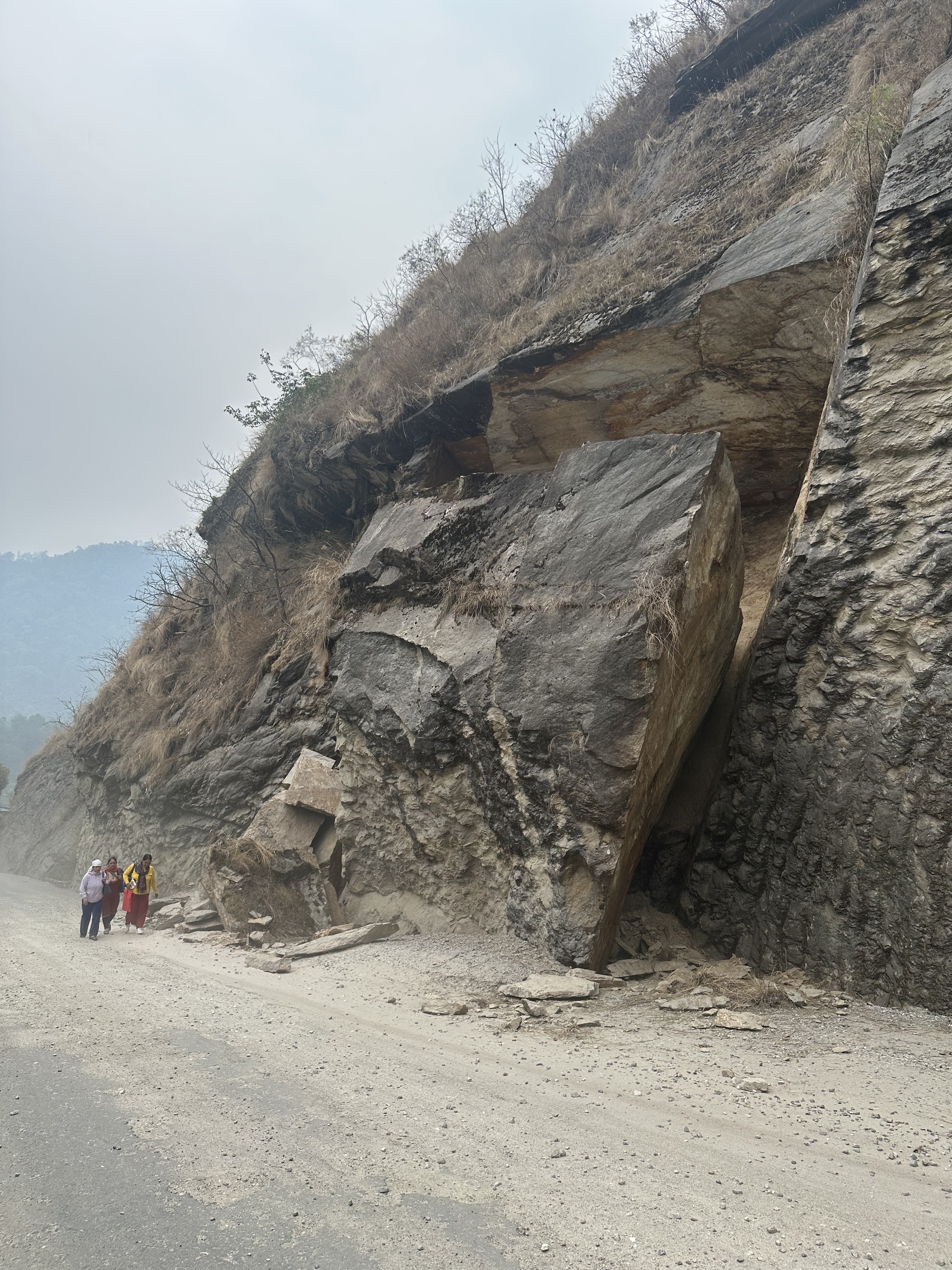Geography Available Research Project
Machine learning applications for early warning of rock-slope failure
Project overview
Numerous studies have tried to explain rockfall timing and its link to the triggers that drive rockfall, identifying weather conditions, seismicity, thermal conditions and permafrost degradation as potentially important (e.g., Strunden et al., 2015). Such approaches are critical for the management of rockfall risk in a range of contexts from high wall mining, alpine slopes and rocky coastal cliffs. In addition, a detailed understanding of the current climate sensitivity of rockfalls is essential for anticipating how rock slopes might respond in a changing climate.
Identifying the controls on rockfall timing lends itself to exploration using artificial intelligence (AI) and machine learning (ML), where multiple potential triggers interact and vary through time and space to produce what is often assumed to be rockfall with stochastic characteristics. However, the application of AI/ML to questions around rockfall timing have been limited, often inhibited by relatively small-scale or poorly labelled inventories upon which to train such modelling approaches. As a result, this field of research has not yet benefitted from the potential insights that such new data exploration approaches may offer, despite the potential advances to be made.
This project aims to address this by bringing together a uniquely high-resolution rockfall dataset, that combines both long-term high-frequency direct monitoring of rockfall from actively failing coastal rock slopes. This dataset offers 2 – 3 orders of magnitude more events than most comparable datasets and can be attributed with a wider set of environmental monitoring data, including weather, marine conditions and thermal data. This combined dataset will then be mined using AI/ML to specifically consider:
- Which environmental conditions can be used to predict rockfall timing, and can this work a priori?
- Does the character of rockfalls reflect their trigger, and so is the nature of rockfalls likely change in the future?
- What does the insight provided by AI/ML help us explain about rockfall failure mechanics?
- Can insight provided by AI/ML be used to predict locations of imminent rockfall?
The student will develop skills in 3D geomatics and geospatial analysis, and data exploration using AI. The project will focus on constructing neural networks using cloud computing in Google Colab and will aim to produce a model workflow that can be applied to other mass movement time series. The outputs from the specific dataset to be explored will feed into ongoing coastal management in North Yorkshire for the benefit of public safety and wider engagement in coastal rock cliff erosion and the use of AI/ML.
If you are interested in this project, please contact the project supervisors:
Professor Nick Rosser (n.j.rosser@durham.ac.uk)
Professor Matt Brain (matthew.brain@durham.ac.uk)
Key references
Benjamin, J., Rosser, N., & Brain, M. (2020). Emergent characteristics of rockfall inventories captured at a regional scale. Earth Surface Processes and Landforms, 45(12), 2773-2787. https://doi.org/10.1002/esp.4929
Dewez TJB, Rohmer J, Regard V, Cnudde C. 2013. Probabilistic coastal cliff collapse hazard from repeated terrestrial laser surveys: case study from Mesnil Val (Normandy, northern France). Journal of Coastal Research: Special Issue 65 – International Coastal Symposium Volume 1: 702–707.
Rosser, N. J., Brain, M. .., Petley, D. N., Lim, M., & Norman, E. C. (2013). Coastline retreat via progressive failure of rocky coastal cliffs. Geology, 41(8), 939-942. https://doi.org/10.1130/g34371.1
Strunden, J., Ehlers, T.A., Brehm, D. and Nettesheim, M., 2015. Spatial and temporal variations in rockfall determined from TLS measurements in a deglaciated valley, Switzerland. Journal of Geophysical Research: Earth Surface, 120(7), pp.1251-1273.
Williams, J., Rosser, N., Hardy, R., Brain, M., & Afana, A. (2018). Optimising 4-D surface change detection: an approach for capturing rockfall magnitude–frequency. Earth Surface Dynamics, 6(1), 101-119. https://doi.org/10.5194/esurf-6-101-2018
 A large rockfall event, Nepal - how can AI/ML be used to understand the mechanisms and timing of similar events? Photo: N. Rosser.
A large rockfall event, Nepal - how can AI/ML be used to understand the mechanisms and timing of similar events? Photo: N. Rosser.
Available Research Projects
See all of the currently available research projects that are recruiting students.
Research Masters
Our Research Masters provides an opportunity to develop your research expertise and advanced skills. Pursue your own top or collaborate on a project designed by a supervisor in our world-leading research environment.
Contact Us
Founded in 1928, the Department of Geography at Durham University is one of the leading centres of geographical research and education in the world.
Department of Geography
Postgraduate Study
Durham University
Lower Mountjoy
South Road, Durham
DH1 3LE, UK
Tel: +44 (0)191 33418000


/prod01/prodbucket01/media/durham-university/departments-/geography/Matt_Couchmann-3872X1296.JPG)




